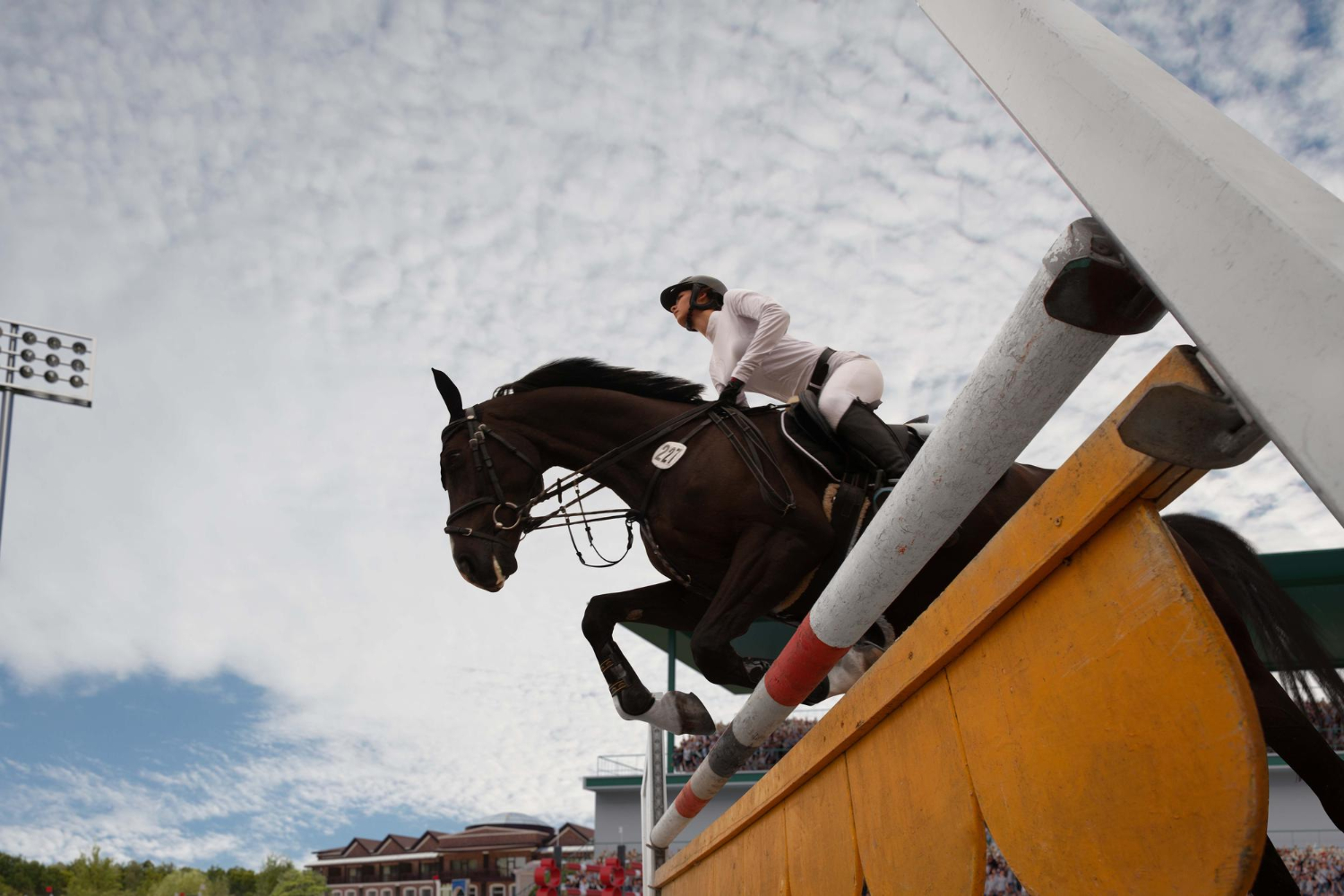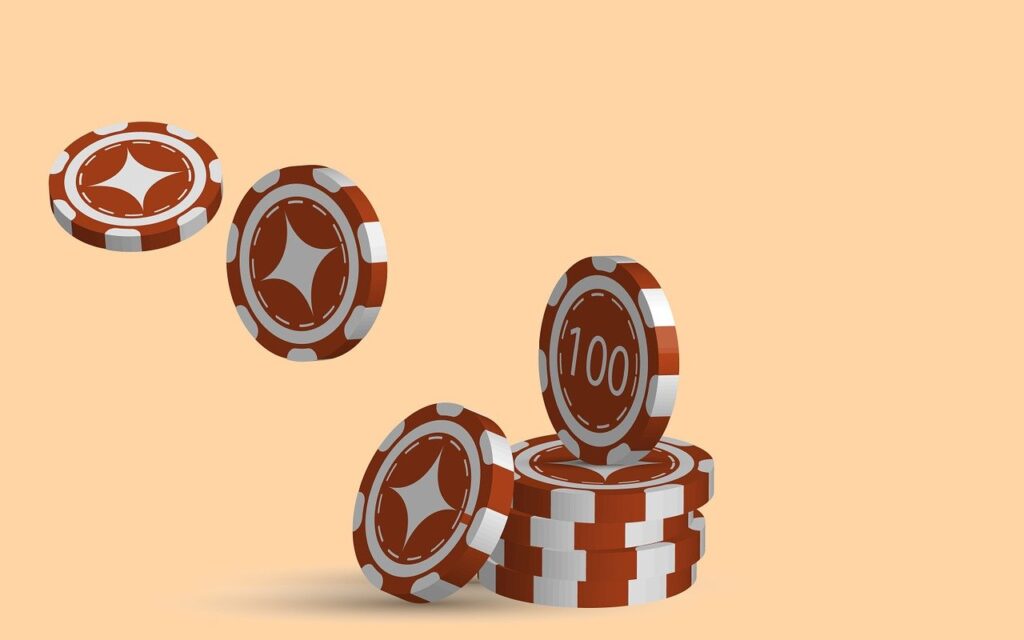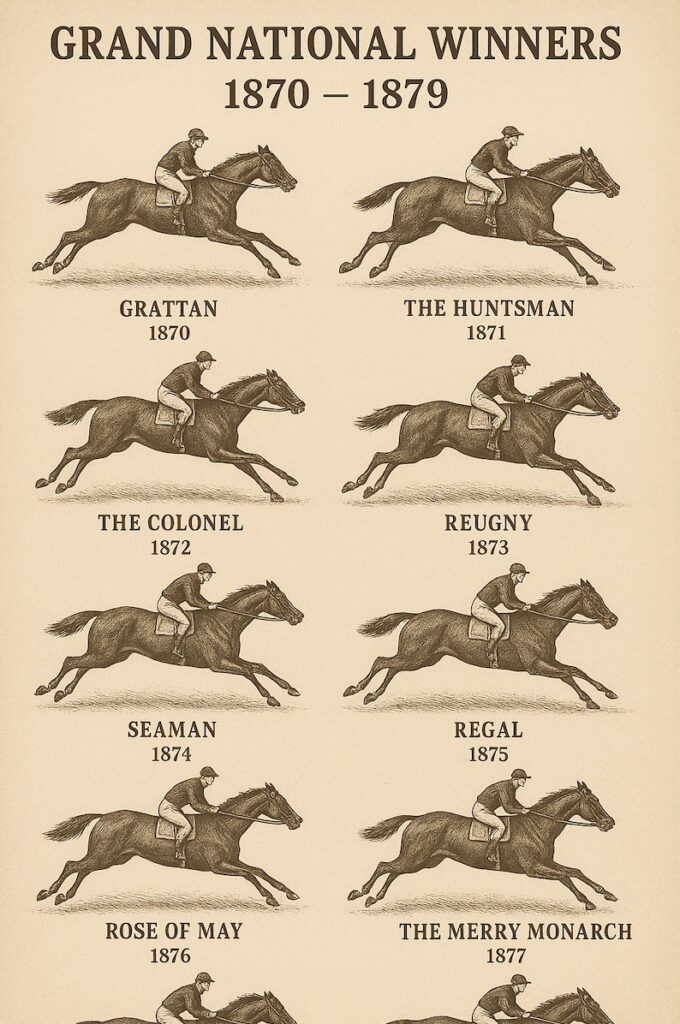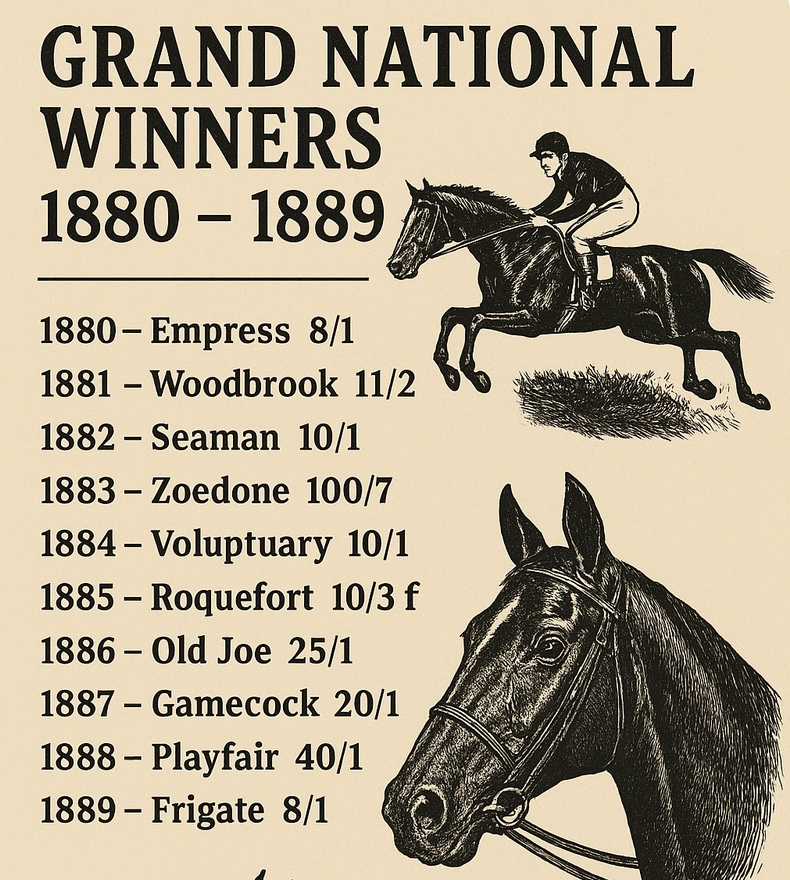What Can We Learn from 100 Years of Grand National Results?
 The Grand National is a brilliant event, much more than a simple horse race. Held year after year at Aintree, it has a famous reputation as a lottery, a four-mile test where fences and chance combine to crush the hopes of better runners.
The Grand National is a brilliant event, much more than a simple horse race. Held year after year at Aintree, it has a famous reputation as a lottery, a four-mile test where fences and chance combine to crush the hopes of better runners.
Look beyond the race-day theatre, though, and examine a century of results. Certain reliable patterns become clear. Understand these trends not to confirm a win, but to make a shrewd selection, a clever wager in what is the greatest steeplechase on the globe.
The Shifting Power of the Favourite and Outsider
Everyone loves to hear about the massive shock win. The legendary success of 100/1 runners like Foinavon and Mon Mome gives hopeful bettors faith that a huge price tag means a real chance. For many years, the race produced an astonishing upset. The modern era presents a far different picture, however.
Over the last two decades, horses of higher quality have begun to dominate. Course alterations, improved fences, and adjustments to the handicap scale mean more runners stay on track and complete the full course. As a result, the horses with the best class, often the market principals, reach the finish first. This shift confirms the market now holds far more knowledge than it once did.
When you look to make your horse racing predictions, you see the same logic applied through technology. Modern systems use machines to process vast volumes of data, crunching forms and trends faster than any human expert could manage.
We learn that while the truly massive odds will still grab the headlines when they win, the smart money should focus on a horse priced between 10/1 and 25/1. That is the new sweet spot for finding value.
The Weight of History on the Handicap
The unique handicap system aims to level the playing field, so every horse carries a load according to its official ability. For generations, traditional wisdom said to avoid any horse set to carry eleven stone or more. Only Red Rum, that rare champion, defied that heavy top weight way back in 1974.
The main takeaway remains true: most winners do carry less than eleven stone. But classier animals now accept a bigger load and still win. Champions like Many Clouds and I Am Maximus proved a horse’s ability can easily overcome the extra effort of a heavier weight across Aintree’s great distance. This shows the value of high-class form even in a handicap. Even so, most punters search for a horse given a light weight relative to its ability.
The ideal winner usually sits right in the middle of the weights. We know that the lowest winning weight recorded was 9st 6lb in 1856, a fact that shows how much the race structure has changed since Victorian times. Today, the minimum weight is ten stone, but look for a horse carrying closer to 10st 7lb to 10st 10lb.
Stable Success and the Perfect Age
For punters who want a genuine chance, focus on the trainer. Specific stables produce repeat winners because trainers like Gordon Elliott, Willie Mullins, and Lucinda Russell understand exactly what Aintree demands. They select horses with the right stamina and courage, often those battle-tested in tough Irish races. Following these proven yards beats picking horses based on clever names.
Age profiles have shifted in recent years. Nine and ten-year-olds used to dominate, but eight and nine-year-olds now win most often. We want horses in their athletic prime with plenty of zest, not those whose best days are behind them. Experience helps, but not if it comes with declining ability.
Statistics confirm this logic: for every year of age, a horse’s risk factor when running increases by 1.2 times. A nine-year-old is usually a great balance of youth and wisdom.
To make your smarter predictions, aim for a runner aged eight or nine. Look for a horse carrying a middle weight, certainly under eleven stone, and choose a stable that has already made history at Aintree. History does not tell the full tale, but it gives us a firm map to find a real chance.
 Play the Top Online Casino Games and Win Big
Play the Top Online Casino Games and Win Big
 William Gladstone won the 1880 General Election, leading to over a decade of Conservative rule. This may have been helped by the 1884 Representation of the people Act which doubled the electorate by giving the vote to many rural working men. Britain expanded colonial rule in Egypt. In 1885, the public was shocked to hear General Charles Gordon was killed in the Sudan Crisis during the Mahdist uprising. The rise in new unionism saw the Matchgirls’ Strike (1888) highlighting labour conditions and workers’ rights. Elementary schools were more common and literacy rates rose. Oscar Wilde was popular within arts and literature. While Jack The Ripper lurked somewhere in the poverty-stricken streets of Whitechapel, London. The Married Women’s Poverty Act allowed married women to own property in their own right. Electricity and telephone uptake grew in the 1880s although it was only for business and wealthy individuals. At this time, betting was still done in person, on the street or on course.
William Gladstone won the 1880 General Election, leading to over a decade of Conservative rule. This may have been helped by the 1884 Representation of the people Act which doubled the electorate by giving the vote to many rural working men. Britain expanded colonial rule in Egypt. In 1885, the public was shocked to hear General Charles Gordon was killed in the Sudan Crisis during the Mahdist uprising. The rise in new unionism saw the Matchgirls’ Strike (1888) highlighting labour conditions and workers’ rights. Elementary schools were more common and literacy rates rose. Oscar Wilde was popular within arts and literature. While Jack The Ripper lurked somewhere in the poverty-stricken streets of Whitechapel, London. The Married Women’s Poverty Act allowed married women to own property in their own right. Electricity and telephone uptake grew in the 1880s although it was only for business and wealthy individuals. At this time, betting was still done in person, on the street or on course.